I was wandering around in my garden that the hibiscus plant caught my eye. I saw some insects roaming inside the plant, for which I started searching.
As I researched, I found that those insects were not the only ones that I thought would only attack the plant of hibiscus. There are several other insects, too, which would likely attack the hibiscus plant.
First of all, I will tell you about the hibiscus plant. It is called the group of flowering plants found in the family of mallow known as Malvaceae.
That group of the plant is not just made up of some plants. Still, several different species are vernacular to the tropical, toasty temperature and for subtropical regions worldwide.
Hibiscus plants are also known as the rose mallow, are mainly conspicuous and huge flowers that you can find globally. Cold and Hot teas are served all around the world, which is made up of hibiscus plants. This tea is known for the items inside it, and that is vitamin C has a red color and a flavor of tart.
There are around 100 species of hibiscus plants that are to be seen worldwide, and they all have some specialty that makes them differ from each other. One of the most popular is:
Red hibiscus: This is considered the flower for the goddess kali of the Hindus and is mainly found in the different parts of India and Bengal. They have a culture of offering the hibiscus their Lord Ganesha and their goddess kali.
In the country of the Philippines, the hibiscus, also known as the gumamela in their language, is often used by the Philippines’ children to make bubbles past their time and have fun.
In this process, the leaves and the hibiscus flowers are crushed to produce a sticky type of mixture which they then add with the soap to create more bubbles. In some countries like Hawaii and Tahiti, girls wear these hibiscus flowers to show their marital status or single.
If the girl is wearing a hibiscus in her right ear, it is concluded that the girl won’t have any boyfriend, neither is she married, although she is open to relationships and is single.
If the girl is wearing hibiscus in her left ear, then she does have a boyfriend, and she is a married woman, by which many men don’t go after them. This is a type of tradition in Hawaii and Tahiti.
Hibiscus plants have different uses; hence they can be found worldwide. So that’s why different kinds of insects and bugs are after this hibiscus plant.
Insects and bugs which mainly attack hibiscus plants are spider mites, ants, mealybugs, and aphids. Ants don’t attack hibiscus plants, though; they are after the substance produced by the aphids after devouring the hibiscus plant. So to make the ants leave, you would have to eliminate the aphids from the hibiscus plant.
After getting to know all of these facts and features of the hibiscus plants, I strived to search more about them to completely erase the existence of insects and bugs from the hibiscus plant.
Insects that are most common and can be found everywhere are the Melon aphids, also known as the Aphis gossypii. It has a size of 6/100 inches with color between green-black to yellowish-green.
They mainly feed on the leaves, the rich juice which is filled with nutrients from inside. They attack in groups and can damage the whole hibiscus plant within some time. It is very difficult to get rid of them, but if the person is persistent enough like I am about to be, you can make your hibiscus plant insects and bugs free.
There are certain measures that you should follow to make your hibiscus plant free from all the insects, and it can explain that as below:
- Spray on the infiltrated hibiscus plant, which has been affected by melon aphids, with the full pressure of water from the garden hose to remove them.
- These melon aphids are very slow-moving insects, so once they are removed from the hibiscus, they will die due to starvation.
- It is essential to check your hibiscus plant daily and water them to remove those melon aphids.
- If a water spray doesn’t work, use the insecticidal soap or rosemary oil and apply it.
- While applying the oil or soap, cover the branch’s crotches with the coating, and don’t forget the leaves.
- Each 10 to 14 days, repeat these steps until the hibiscus plant is free from the aphids.
- Buy a package of imidacloprid for treating the soil around the hibiscus, which is severely damaged but do it according to the instructions written on the package.
- Watering the plant to ensure the after-effects of the package.
- It will take around 3 to 4 days for the aphids which are on the hibiscus to die.
- Controlling the aphids will help you to control the growth of ants as they feed on the aphids.
White Flies: They are also most commonly found at the hibiscus plant, which has gnat-size and is minuscule. They, too, suck out the juice from the hibiscus underside leaves filled with nutrients to control these whiteflies.
Sticky traps are the solution for it. Not just the sticky traps, but they can be controlled by the horticultural oil and insecticidal soap, which makes the hibiscus free from all of these whiteflies.
Thrips: These are narrow insects with a very small size. They usually lay their eggs inside the hibiscus buds, which the buds of the hibiscus drop down before even flowering. The only trick can remove them.
Horticultural oil is the only best method applied to the hibiscus plant to remove the thrips from the hibiscus.
Mealy Bugs: They are those kinds of pests that usually suck the juice out of the hibiscus leaves. They have a soft body, with a mass of like cotton, wearing a protective layer with a waxy surface. They can be prevented for the hibiscus plant and controlled with insecticidal soap or horticultural oil.
Scale: They may either be the soft scale having features like mealy bugs or the armored scale with a covering of like plate and are flat in size. Both scales are dangerous for the hibiscus as they suck not only leaves but the trunks and stems too of the hibiscus plant.
Soft scale can either be removed by insecticidal soap or horticultural oil. Armored scale, if they are not removed with insecticidal soap or horticultural oil. Then, you should use chemical pesticides to make them go away.
Ants: I have described the ants before in the starting paragraphs of this article. Ants don’t damage hibiscus in any way, but they are concerned with beneficial insects like ladybugs, assassin bugs, parasitic miniature wasps, green lacewings, and syrphid fly larvae.
These beneficial insects feed onto those insects, mostly like aphids that damage the hibiscus. Ants feed on aphids for the honeydew, which is produced by the aphids after sucking the leaves. So the main concern is the beneficial insects which it feeds on from time to time.
Instead of killing the ants, please give them the bait for something more sweetish than the aphids. While in the meantime, you can get rid of the insects and bugs inside hibiscus plants.
Gerbera daisies are almost like hibiscus plants. Although their features are different, the care they need is the same as the hibiscus plant.
Gerbera daisy is also affected by the same insects which damage the hibiscus. Gerbera daisy needs more attention for them to grow. Sap sucking insects mostly attack gerbera daisy.
To control pests from hibiscus, beneficial insects should be encouraged to feed on insects that damage hibiscus. Don’t ever use chemical pesticides unless or until there is an urgent need for them.
These chemical pesticides often kill beneficial insects, which can even make the problem of insects with hibiscus worse than ever in the future. Though correct that no insect remains intact after using the chemical pesticides, it does have many negative effects. Horticultural oil and insecticidal soap are much better than pesticides.
Some say that the drenching of the systematic root can be much more of a better option, as it lasts for a longer period, instead of doing anything on your own when you don’t have any clue of what’s going on.
Call or go to the local cooperative extension office and ask for their assistance. So that was the part of my story, but slowly or gradually, I figured out a way and provided the knowledge to you.
These steps are very beneficial if they are used carefully without disturbing the other plants in your garden. These three steps, as stated below, should be followed regularly:
- Properly watering the plant and keeping it fertilized.
- Keeping the area near plants clean and tidy helps in healthier growth.
- Stop or remove the growth of damaged or dead plants.
- You should give proper sunlight to these plants.
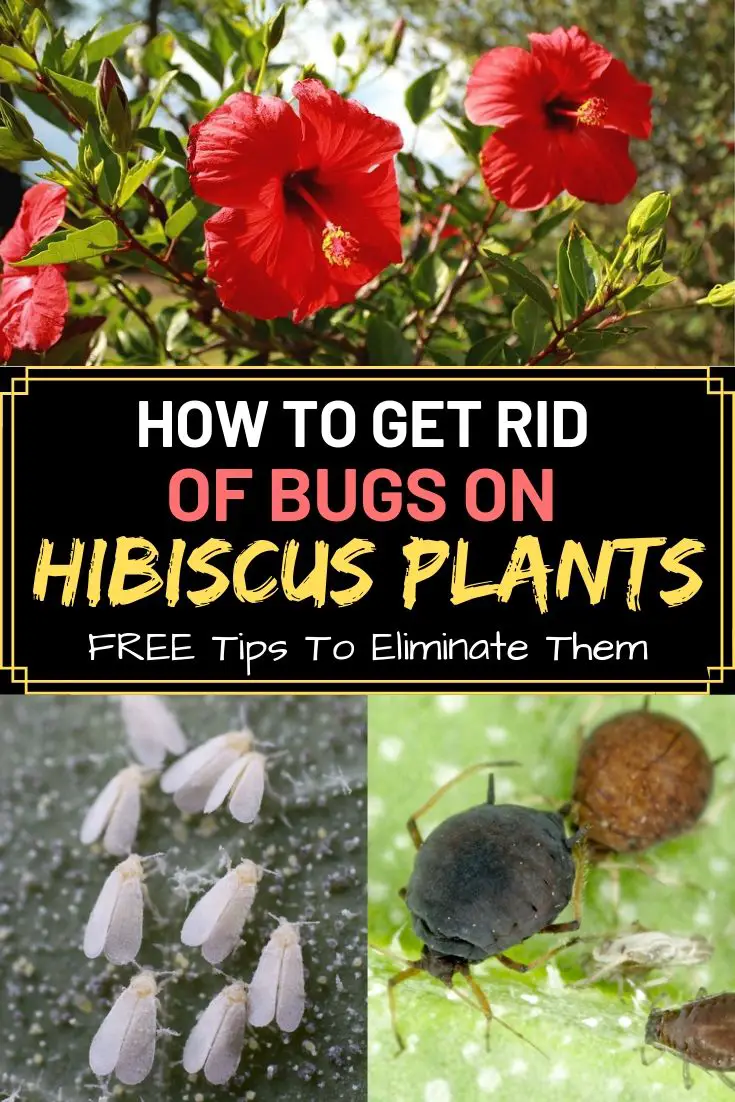

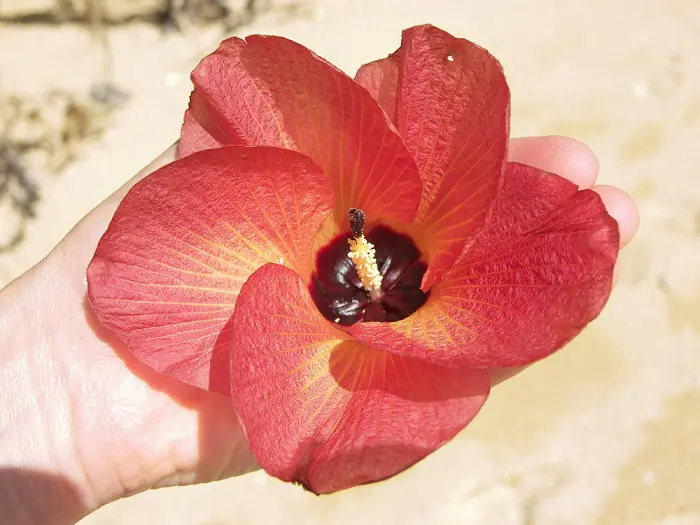
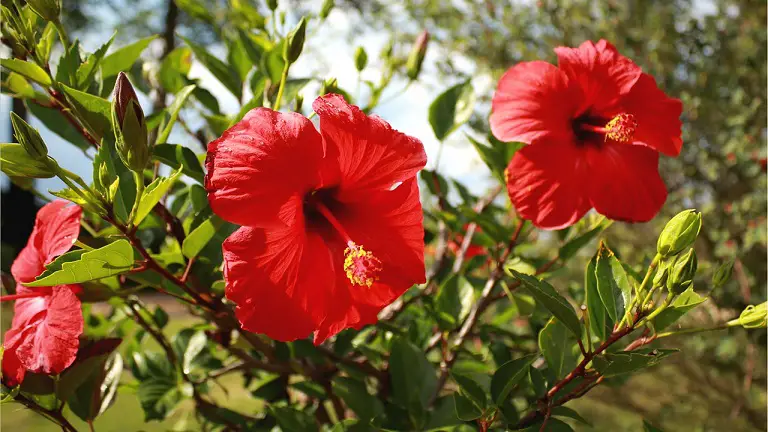
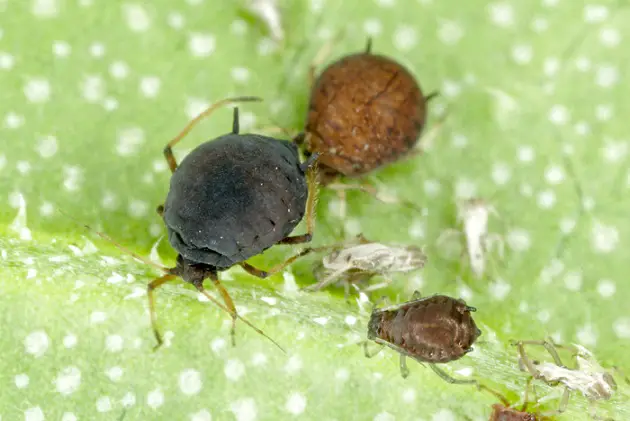
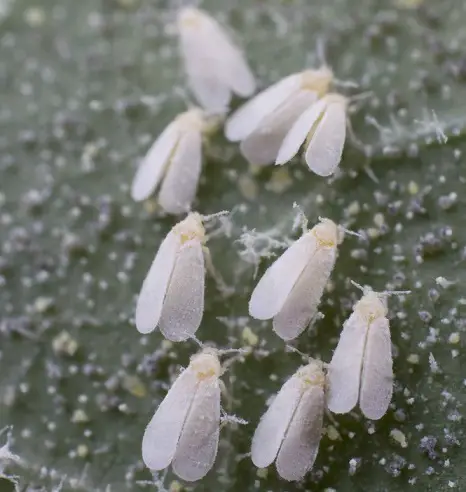
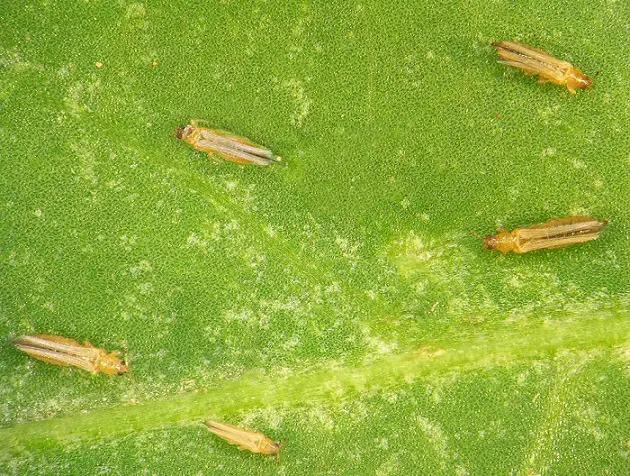
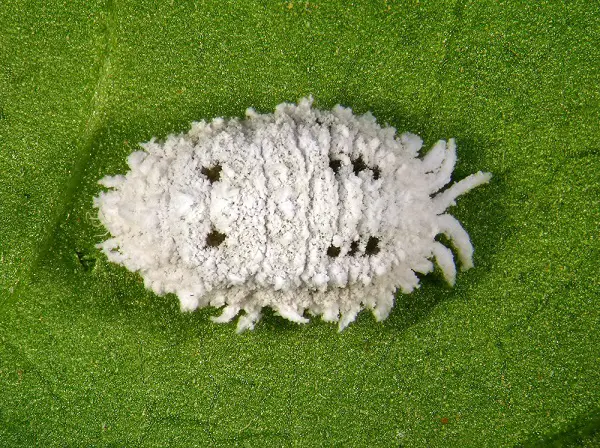
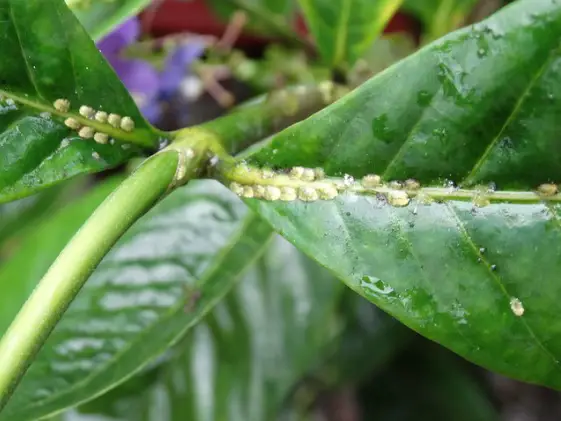
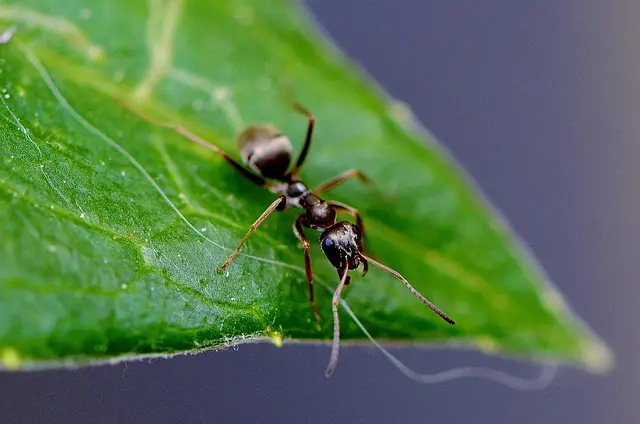

My hisbiscus plant has these black spots all over the buds. What should I use to get rid of them?
If your hibiscus plant has black spots on its buds, it may be suffering from a fungal or bacterial disease. In order to treat the issue, you can take the following steps:
Remove and dispose of any infected buds or flowers that you see. This will help to prevent the disease from spreading.
Make sure your hibiscus plant is getting adequate sunlight, water, and nutrients. Healthy plants are better able to resist disease.
If the problem persists, you can use a fungicide or bactericide to treat the plant. Be sure to follow the instructions on the product carefully, and apply it only as directed.
If the problem is severe or persists even after treatment, you may need to consult a professional plant expert or horticulturist for further advice.
Remember to regularly monitor your hibiscus plant and take quick action if you notice any signs of disease. This can help to ensure a healthy and beautiful plant.